HONT
Slovakia
PERSONAGES
Imrich Karvaš
Imrich Karvaš was born in Kalinčiakovo, Hont village, and was the governor of the Slovak National Bank, which saved the Slovak economy during World War II. In 1941, he learned about the secret plans of the Nazis to move silver out of Slovakia, so he issued an order to mint silver coins in Kremnica and subsequently informed the German delegation that the silver had already been used. In 1944, he moved the country's state reserve to Banská Bystrica, and the Slovak National Uprising against the fascists was financed with it. He was taken to a concentration camp, where he survived. The communist regime called him a dangerous intellectual and imprisoned him for 17 years for high treason.
Maria Theresa of Austria
Maria Theresa was Queen of Austro-Hungarian Empire between 1741 and 1780. In 1763 she founded the Mining Academy in Banská Štiavnica also known as Berg Akademie, which was the first in the world. It was preceded by the first mining school in Hungary, founded by Samuel Mikovíni in 1735. Banská Štiavnica was chosen due to the technologies in the mines, such as mining, stave, metallurgical, propulsion and testing equipment, as well as fire, water, and air machines. The professors could thus demonstrate their theoretical lectures ‘in situ’ and the students could verify their theoretical knowledge as quickly as possible. After the end of the three-year study, a year's work experience in mines, smelters or a mint followed, and then, after passing the exams and completing a practical task directly in production, a discharge was granted.
St. Lucia's Day
The Advent period is the part of the year when the largest number of customs and
traditions take place in Slovakia. In Hont, on St. Lucia's Day (13 December), little
girls walked around the village with fence sticks in their hands. They went to each
well and hit it with sticks to expel the witches out of the village and concurrently get
the boys out. They used to say a rhyme: 'I knock, I knock with this fence with all my
holy life. I knock, I knock today, where is my dearest, let the dog bark at me there.'
WHAT TO EAT
Podlievané Buchty
The recipe for ‘Podlievané Buchty’ (sauced buns) is very similar to the classic donuts
fried in oil, but the sauced buns are fried in lard after the dough has risen and is
filled with jam. They are roasted on both sides, and after roasting, water is poured
into the lard. The pot is quickly covered with a lid. The pot is shaken so that some
buns float on the surface. Then the water evaporates, and the buns are
taken out. They are sprinkled with poppy seeds or nuts with sugar. After this the
stuffed sauced buns are ready to eat.
The wine
Hont is a diverse Central Slovak wine-growing region, which is currently not one of
the key wine-producing areas in Europe. But it also has excellent growing
conditions, thanks to volcanic substrates, mild temperatures, and low rainfall. The
tradition of growing grapes in Hont has been going on since at least the 6th century
when the Celts exported wine as a luxury product to northern countries. There is a
wine route in the area that includes 12 Hontian villages and is connected to Hungary.
Pirohy s Podmaslím
The dough for ‘Pirohy s Podmaslím’ (pirogues with flour-buttermilk) is made from
flour, water and a pinch of salt. The dough is filled with jam and closed with a bow
pattern. Then the pirogues are boiled in water and when they start to float on the
surface, they are cooked. Pirogues are decorated with cottage cheese and buttermilk, which is prepared from butter and flour. This dish is very simple and quick to prepare and also does not require many ingredients, due to this it was popular in Hont during the times when poverty prevailed in the region.
MUST-SEE
Horšianska dolina
‘Horšianska dolina’ is a valley which is a National Nature Reserve with the 4th
degree of protection, which stretches on the border of the two regions of Hont and
Tekov. The 8 km long Sikenica river flows through it. The river created a canyon up
to 80 meters deep in the volcanic bedrock of andesite and loess sheet. The typical
rock cliffs of the valley reach a height of up to 30 meters. The valley is richly
represented by insects, rare species of birds and reptiles, as well as diverse
communities of thermophilic plants. A 2.5 km long educational trail leads through
the valley, but it is lost in the pristine original form of the natural landscape.
Bzovík fortress
Near the village Bzovík stands a massive anti-Ottomans fortress, which was
created by rebuilding the Cistercian abbey founded in the 12th century. Only partial
elements of the buildings have been preserved from the area of the former
monastery. The monastery was destroyed and reconstructed several times. The
current form is preserved in the form of a ruin. A legend is associated with the
fortress, that the ghost of the daughter of the well-born Mr. Balaš, who was driven
out of the monastery by her father, hangs on the walls of the fortress night after
night. The innocent was kidnapped, they took her life in agony, and since then she
has been suffering, crying, grieving, and her soul is wandering around the ruins of
the Bzovík fortress.
Sitno
Sitno is the highest peak of the mountain range - ‘Štiavnické vrchy’. It is the remnant
of a solidified lava flow from andesite that poured out in the Neogene into a valley formed in softer volcanic rocks. Under Sitno, the largest Štiavnica ‘taich’ was built
called Počúvadlo, which is still preserved today. Because of the rich ore district around Štiavnica, a castle was built on Sitno as a defense fortress of Central Slovak
cities against Turkish danger. It is said that the knights from under Sitno defeated
the Tatar and Ottomans detachments and will descend from Mount Sitno again to
defend Slovakia when it is in danger.
PICTURES

Hont, Slovakia
Hike the World
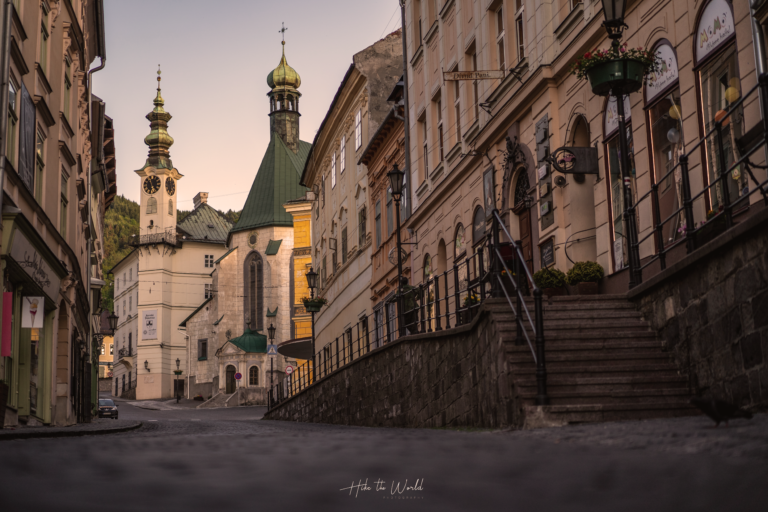
Hont, Slovakia
Hike the World

Hont, Slovakia
Milan Ďuroch
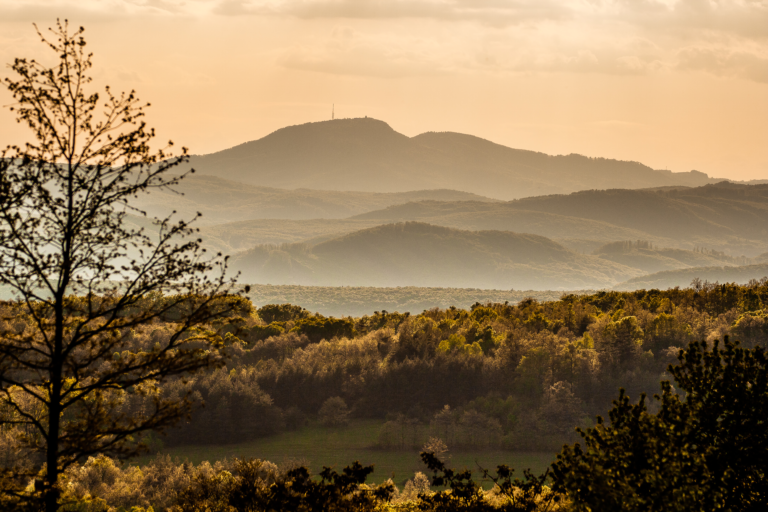
Hont, Slovakia
Milan Ďuroch
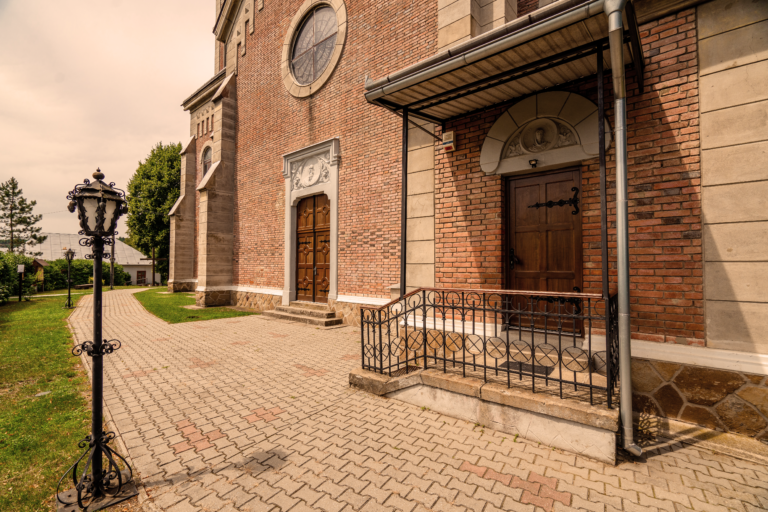
Hont, Slovakia
Milan Ďuroch

Hont, Slovakia
Tessa Photography
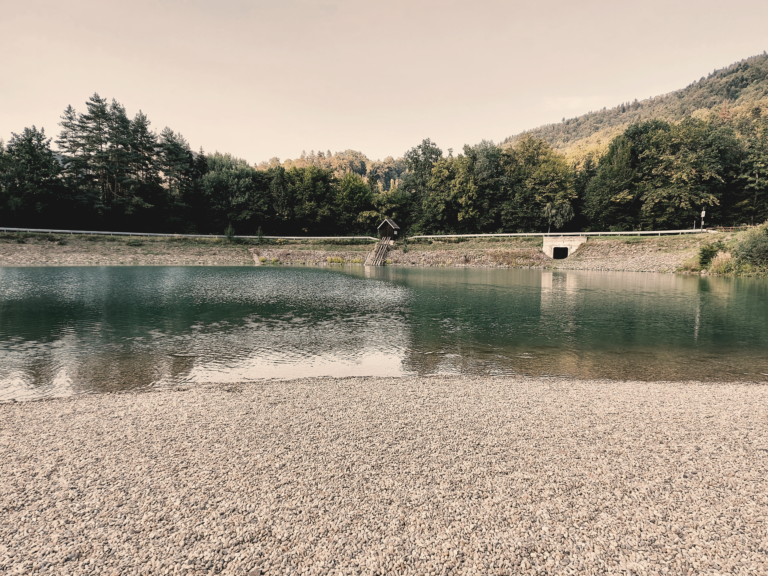
Hont, Slovakia
Sofia Bohovicová
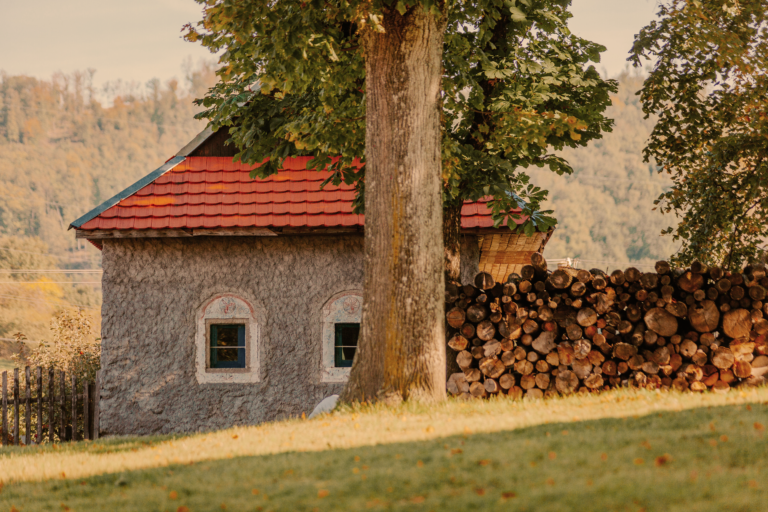
Hont, Slovakia
Milan Ďuroch
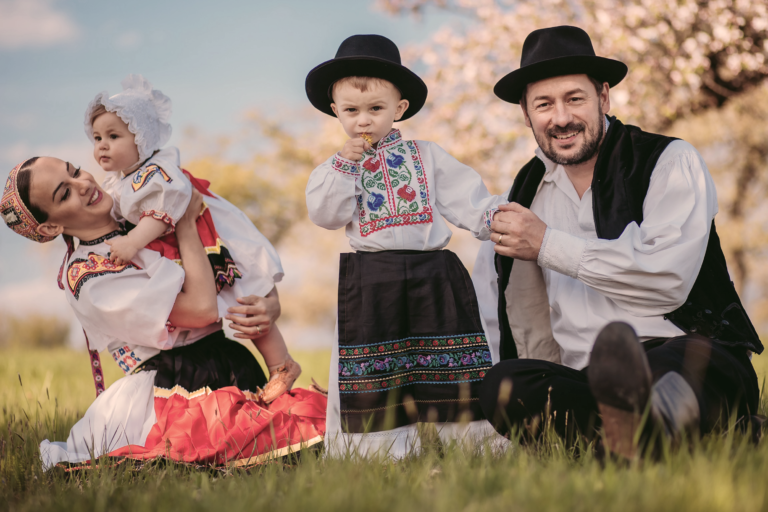
Hont, Slovakia
Barbora Gregáňová
Tagged Slovakia
